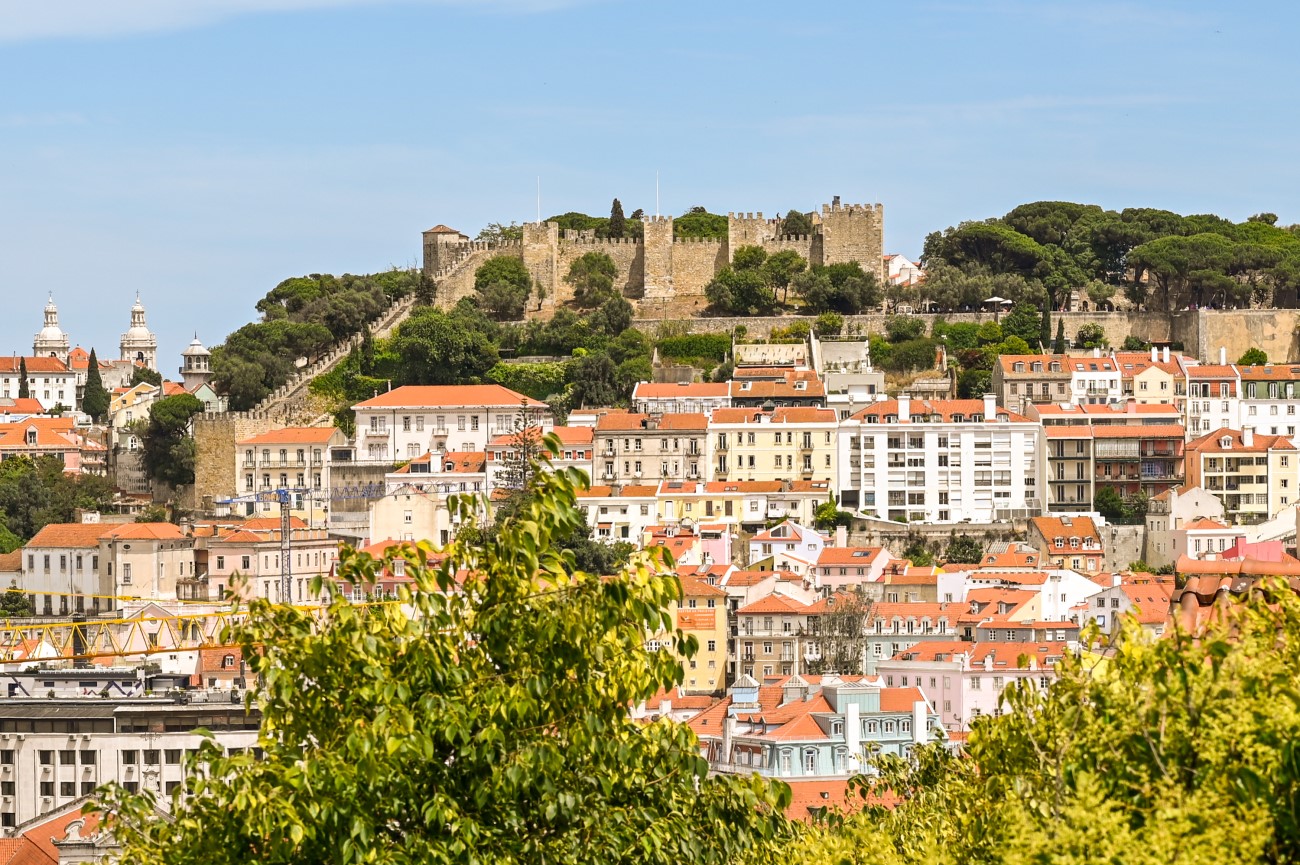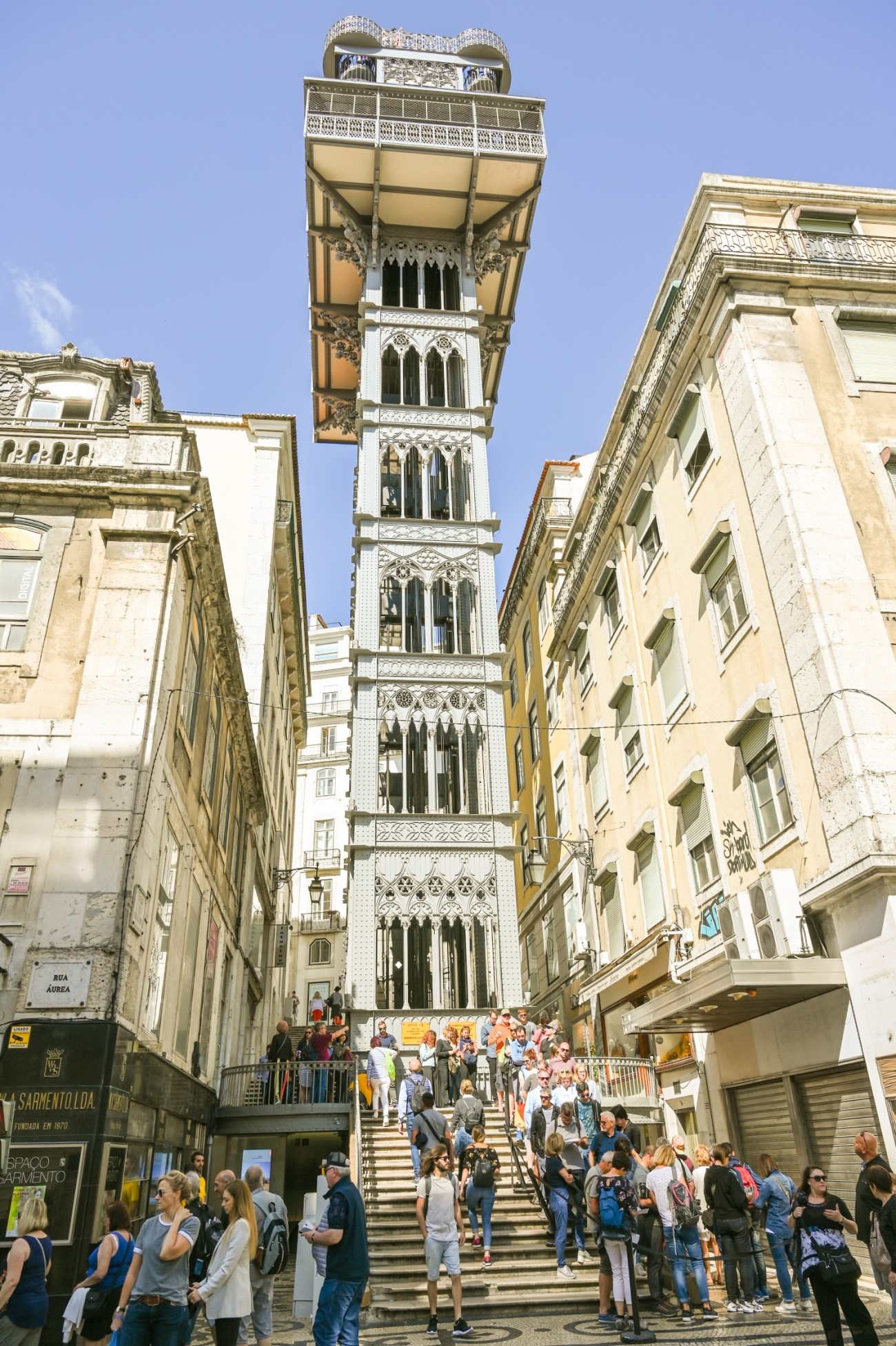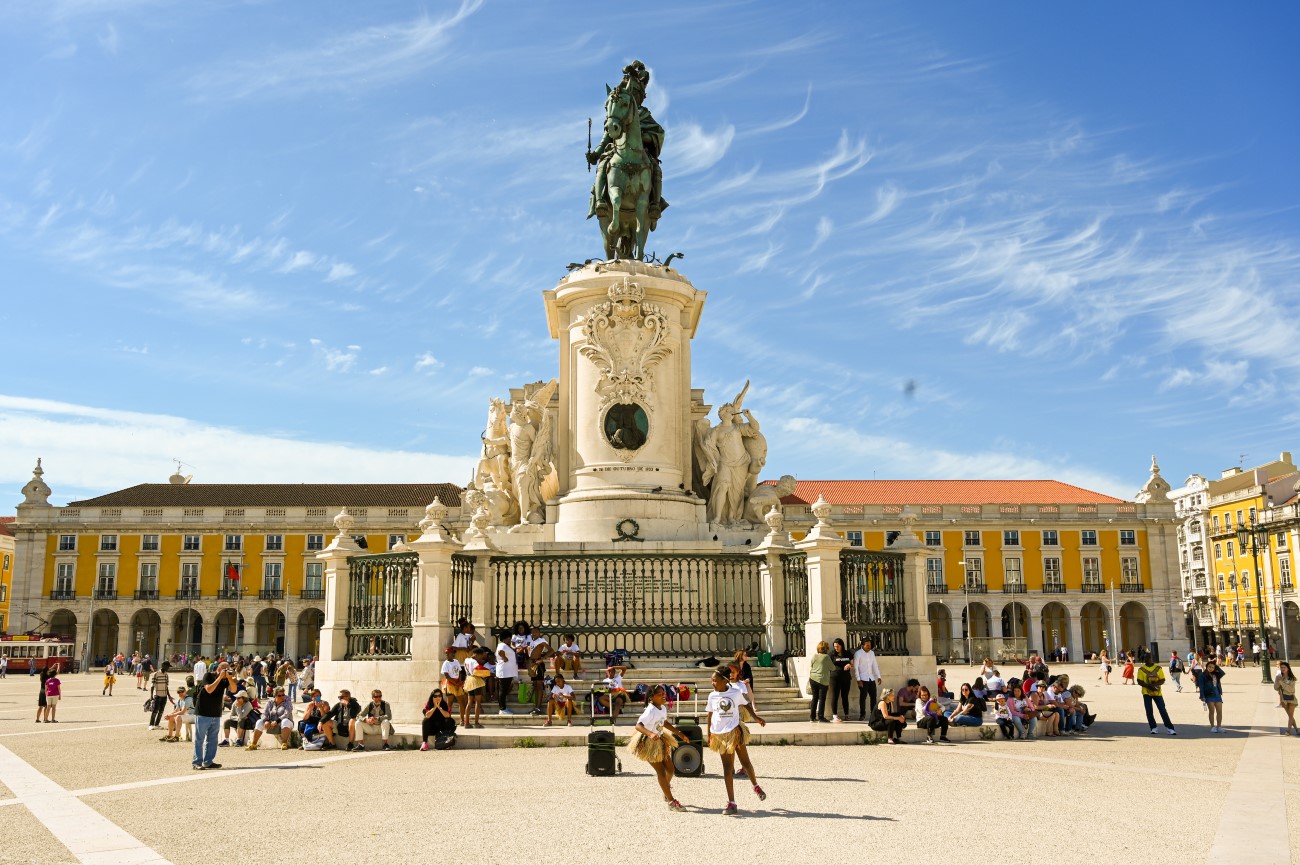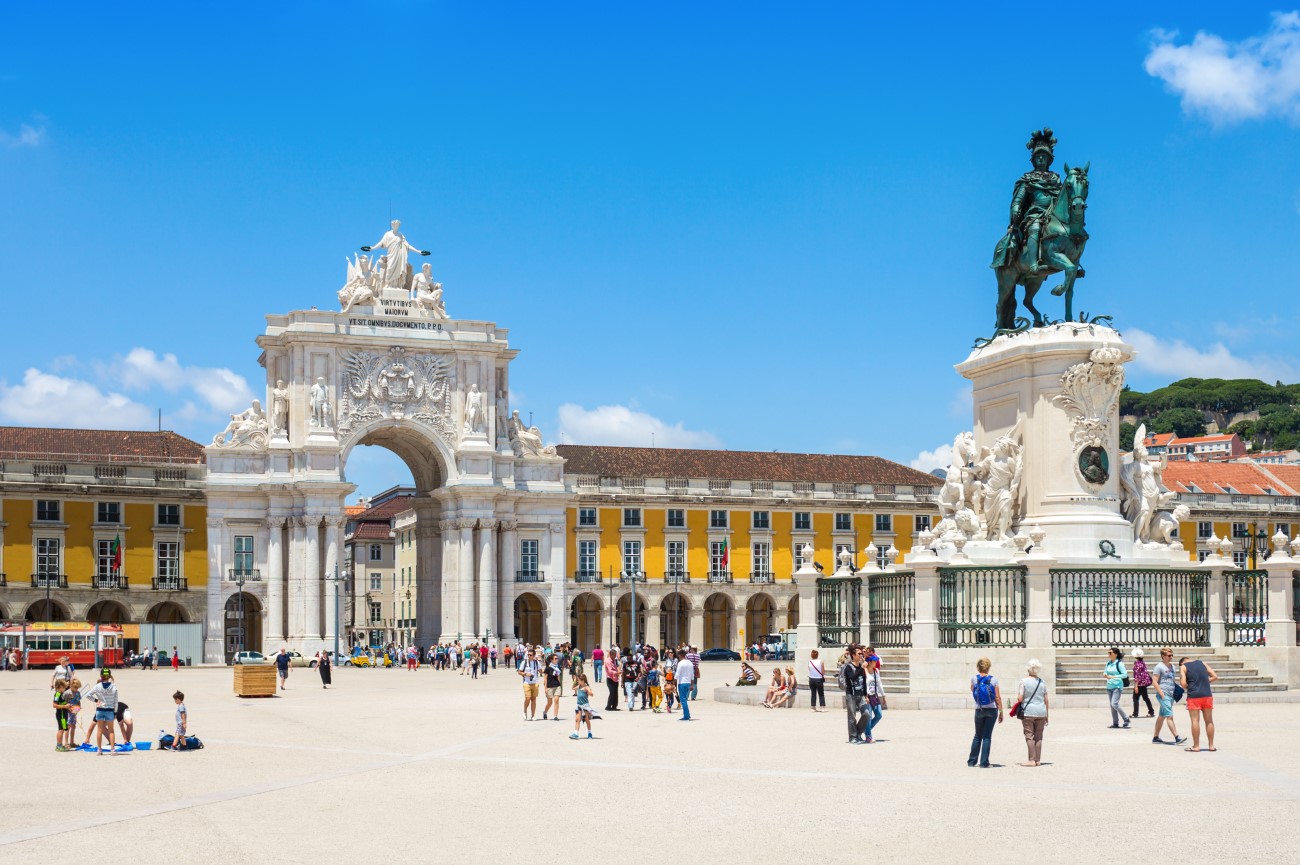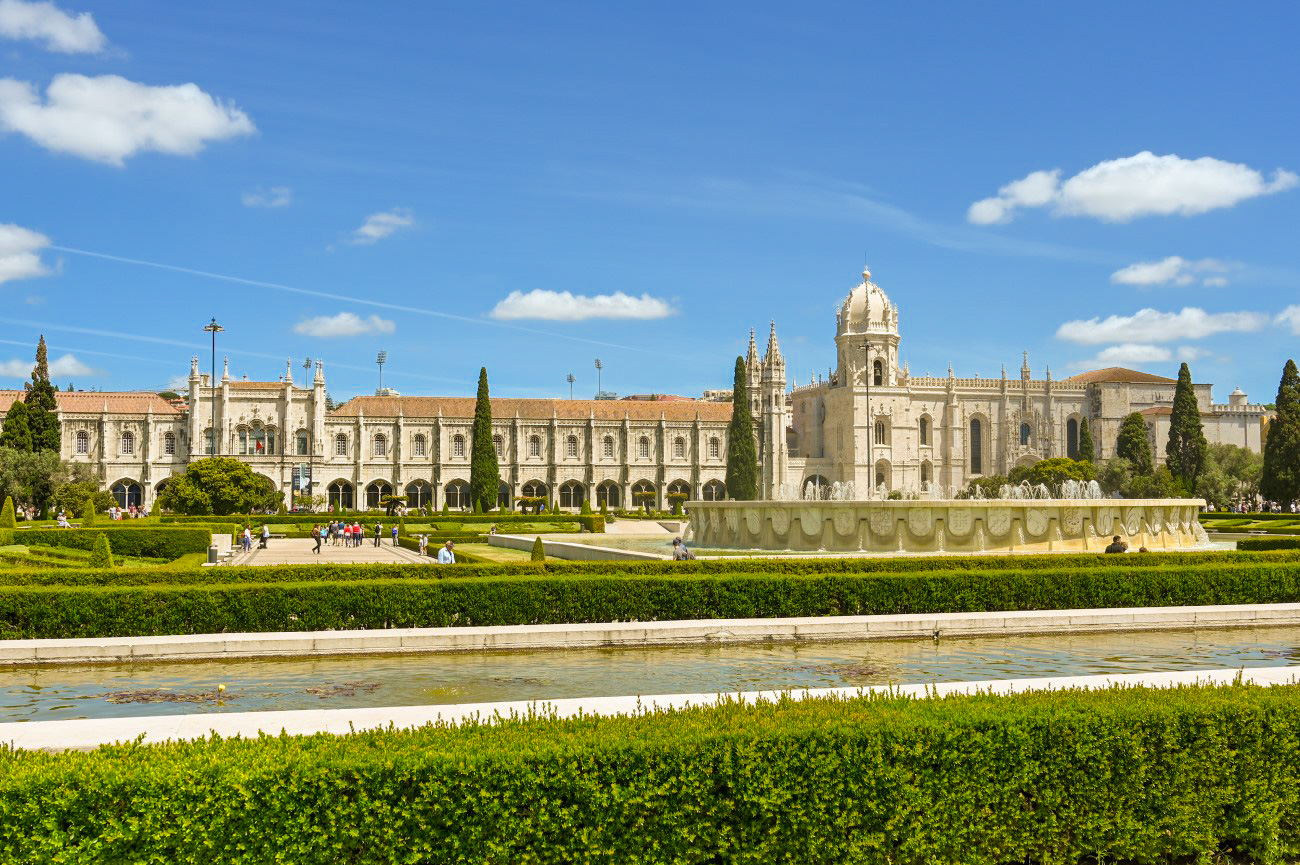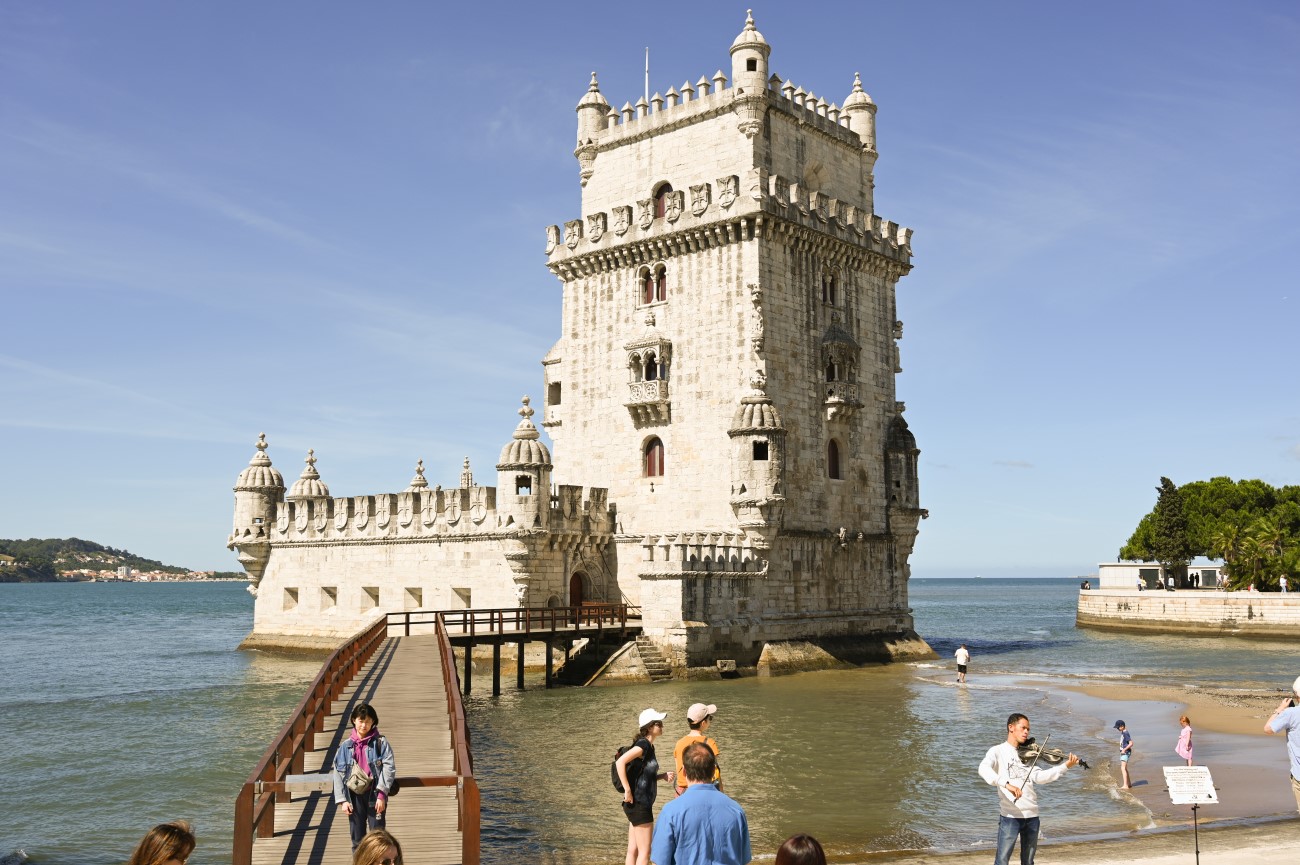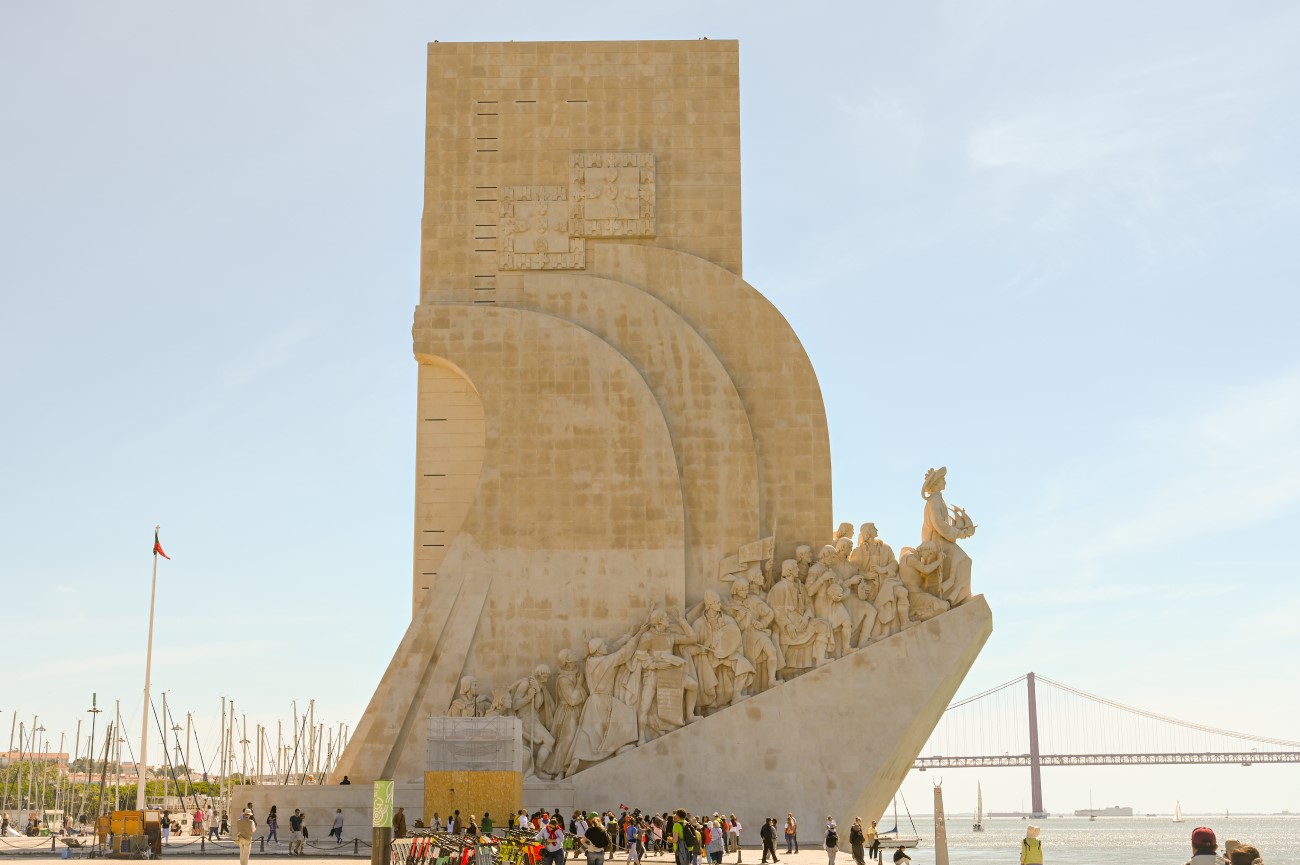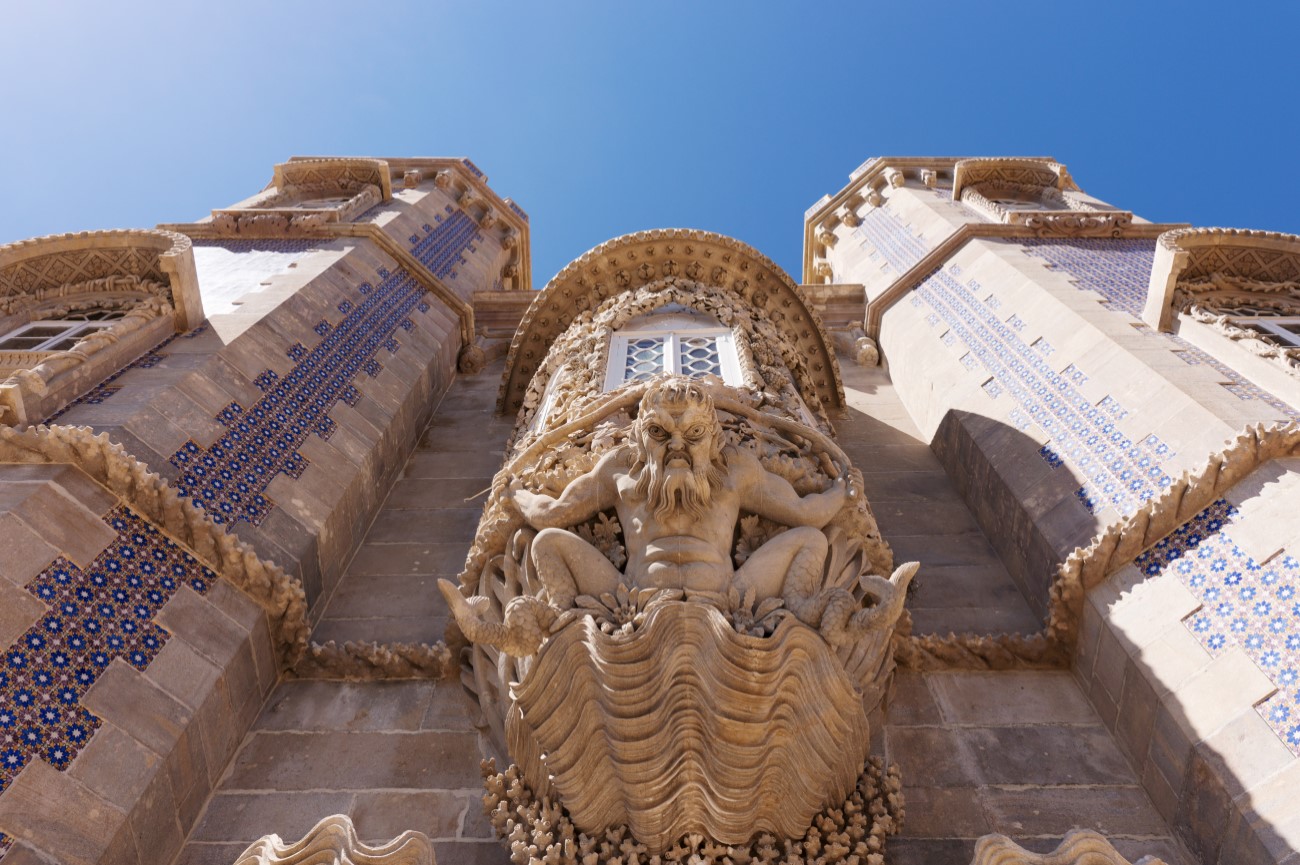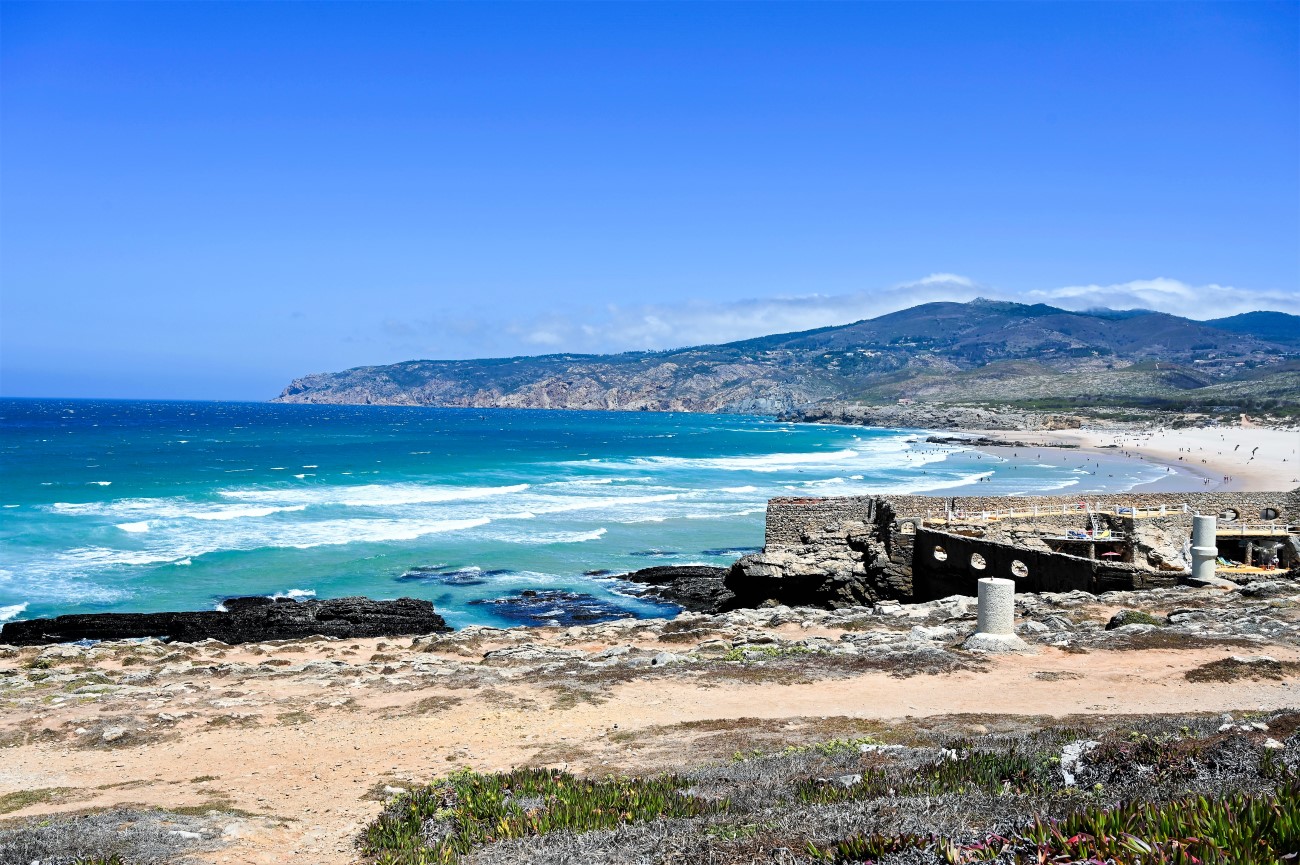Lisbon: Your City Guide
When it comes to travel destinations, Lisbon is in a class by itself. This Portuguese capital is grounded in history and tradition while still being a thoroughly modern city.
Lisbon has become a destination for travelers over the last few years and when you take a closer look at all the city has to offer, it isn’t hard to see why!
We’ve put together this Lisbon travel guide to help you decide what to do, where to eat, and where to stay in Lisbon!
What To Do in Lisbon
Lucky for any tourist, there are plenty of things to do in Lisbon! From exploring the cobblestone streets of famous districts like Alfama to visiting historic and cultural sites, if you plan properly, you can get it all in!
Here are some ideas to get you started:
Castelo de Sao Jorge
The Castelo de Sao Jorge is one of the most visited sites in Lisbon.
This castle dates back to Portugal’s earliest history. First established in 200BC by the Romans, the castle saw the rise and fall of many rulers including the Romans, the Visigoths, and the Moors.
In 1256, Castelo de Sao Jorge was the seat of Portuguese power when the capital was moved from Coimbra to Lisbon. By the late 16th century, the castle had lost its previous significance and was used as a prison and arsenal.
As was the case with many buildings in Portugal, the castle was destroyed by the 1755 earthquake. Unfortunately, at the time, the building was not considered significant enough to rebuild.
Luckily, there was a massive restoration project that took place in the late 1930s that led to the attraction you can visit today.
There are rebuilt ramparts and watchtowers as well as inner gardens and courtyards to explore. The castle provides incredible views of Lisbon and houses a museum full of interesting artifacts that have been found on site.
Elevador de Santa Justa
The Elevador de Santa Justa is both a stunning work of art and an engineering masterpiece.
First constructed in 1900, the elevator was once an essential part of Lisbon’s transportation system. The lift carries passengers to the Largo do Carmo from the Baixa district 45 meters below.
Today, while still technically a part of the public transit network, the elevador de Santa Justa is primarily a tourist attraction.
The ornate wrought-iron exterior is adorned with neo-gothic arches and intricate patterns and the rich, polished wooden carriages add a level of luxury to the ride.
At the top of the lift is a viewing platform offering some of Lisbon’s best vistas. If you really want to see something stunning, visit the platform in the late afternoon/early evening. The setting sun catches the castle and the Se Cathedral in a way that makes them practically glow.
Because this is a primary tourist attraction, there are often long lines, especially in the summer months. But, if you’d like to avoid a long wait while still taking in the views, try going the other way!
The longest lines are often at the bottom of the elevator. Ride the Ascensor da Glória train to the top of the hill and take the elevator down, instead.
Terreiro do Paco
A trip to Lisbon without a visit to this historic square would be a mistake.
Before the great earthquake of 1755, this location was home to the Paco da Ribeira or Royal Palace.
Today the buildings are government offices but the beautiful 18th-century facades are some of the recognizable buildings in Lisbon. The square is open to pedestrians and strolling through the square to the River Tejo is a relaxing way to spend some time.
Jeronimos Monastery
Located in Belem near the Tagus River, Jeronimos Monastery is a UNESCO World Heritage Site that was built to celebrate Portugal’s famous Age of Discovery.
Construction on the building began in 1501 and wasn’t completed for 100 years. The Church of Santa Maria located inside has remarkably high arched ceilings and beautiful stained glass windows.
The entire monastery serves as an example of the Manueline or late Portuguese Gothic style. By strolling beneath the gothic arches and into the courtyard at the center, you can get a real sense of the skill and craftsmanship that went into this building. To see it is to understand why it took 100 years to complete!
Belem Tower
Another UNESCO World Heritage Site, construction on the Torre de Belem or Belem Tower was completed in 1520.
An iconic feature of Lisbon’s skyline, Belem Tower was once used to defend the city from invaders. Later, it was used as a lighthouse.
The tower is considered one of the must-see places in the city and as such can get crowded. Only 120 people are allowed inside at one time so access can be slow. For best results, visit early. It is often possible to beat the crowds by showing up when the tower opens in the morning.
There is a lookout at the top of the tower from which you can see all the way to the coast. But take your time getting to the top. The tower’s interior is like a military time capsule and more than worth exploring in its own right.
Padrao dos Descobrimentos
While in the Belem district, visiting Belem Tower and Jeronimos Monastery, you should also pay a visit to Padrao dos Descobrimentos.
This monument first opened in 1958 and pays tribute to the Age of Discovery. In the 170 foot stone carving, you can see significant historical figures like Vasco da Gama and Prince Henry the Navigator.
The monument also has an observation deck at the top you can visit and look around.
Plan a Day Trip
As the capital city, Lisbon is well connected to surrounding regions making it the perfect place to launch a day trip.
A few hours away you can visit and explore interesting locales like Porto and the Douro Valley but for explorations a little closer to home, both Sintra and Costa da Caparica are less than an hour outside the city.
Sintra
For history and architecture buffs, Sintra is a must-see.
Sintra is home to the brightly colored Pena Palace. Situated high on a hill, it is difficult to miss the red and yellow exterior. Considered to be one of the world’s most magnificent palaces, it is surrounded by woods and hidden pathways, incredible views, and many unexpected ornaments. You could spend all day wandering the grounds!
More than just the palace, Sintra has a number of interesting locations to see including the ruins of a 9th-century Moorish fortress, the Palace of Sintra, Quinta da Regaleira, the Palacio de Monserrate, the Palacio Nacional e Jardins de Queluz, and plenty of boutique shopping, and scrumptious cafes.
It may be a small town but there is lots to see and do so if Sintra is on your list, plan your trip before you go in order to maximize your time there.
Costa da Caparica
If you want to hit the beach, the small resort town of Costa da Caparica is less than 30 minutes outside of Lisbon. What is a visit to Portugal without a visit to one of its many beaches?
Popular with the Portuguese, this location is not really on the radar of most tourists as most of them head to the Cascais.
The coastline here covers the entire western edge of the Setubal Peninsula and at 24km, it makes up Europe’s longest continuous sandy shoreline.
The town and modern development is located on the northern edge of the beach and is easily reached by bus from Lisbon.
Here you will find crystal clear waters and dozens of reasonably priced cafes and restaurants where you can sample some of Portugal’s best seafood and decadent delicacies like pasteis de nata.
There is some surf here but the waves are not massive. If you are a curious beginner or an intermediate surfer, this spot is ideal. More experienced surfers will want to head to the shores of the Algarve coast instead.
If you travel farther south along the coast you will find the Arriba Fóssil da Costa nature reserve where the beaches are a little more “wild” and pristine as they are protected from development.
Costa da Caparica is perfect for both families and childless adult travelers looking to get out of the city for a day.
Where to Eat in Lisbon
As with many other cities in Portugal, Lisbon is full of wonderful places to eat. Here are some of our favorite, must-visit locations:
Cervejaria Ramiro
Cervejaria Ramiro first began as the Ramiro Beer House in 1956. After a few years of operation, fresh seafood was introduced to the menu and the rest, as they say, is history.
This family-run establishment is famous the world over for fresh ingredients and quality service. A ticketing system is in place to try and accommodate the large number of tourists and locals that show up to eat here each day, so patience is required. Book in advance if you do not want to wait for your table.
But here’s the thing, the razor clams, oysters, lobster, and shrimp are more than worth the wait! Pro tip: don’t forget to save room for the steak and garlic concoction known as prego no pao for dessert. Sounds weird, but trust us on this one!
Cafe Nicola
This charming cafe in Rossio Square dates back to the 18th century. If you are looking for a place to sit down, grab some local wine (try the sangria!) or a nice cup of coffee, you’ve found it. With a charming patio, you can lean back and watch the world go by.
The Azeitao cheese makes a great starter and the salmon rice with prawns is always a smart choice.
Jam Club
After a day of wandering the streets of Barrio Alto, you may want to kick back for a burger and a beer. Not as traditional or mournful as the Fado musical tradition, this bar offers live music of all genres every night of the week and a warm, welcoming atmosphere.
Jam Club offers local beer and wine and a range of delicious, reasonably priced food. Try the sardine plate, the octopus, or one of the burgers -- we’re confident it will be one of the best you’ve ever had!
It is a guarantee that you will sing and dance and leave the bar with dozens of new friends!
A Ginjinha
A Ginjinha is not a restaurant but it is an important stop all the same. A tiny little storefront in Rossio, this is where you want to go to try a shot of Portugal’s famous cherry liqueur.
Very old school, this location only takes cash so be prepared. Step up, have a shot and continue on with your day!
Don’t worry, if you get sticky from the sweet drink, A Ginjinha has a washbasin available for clean up.
Where to Stay in Lisbon
With so many great places to stay in Lisbon, we understand how daunting it can be to try and figure out which spot is best. Luckily, we have some suggestions.
1908 Lisboa Hotel
The 1908 Lisboa Hotel is located inside a beautiful art deco building but inside, it has all the modern style you could hope for.
The rooms are both comfortable AND contemporary. A truly rare find anymore.
The staff takes a special interest in their guests and goes out of their way to connect you with the local sites that will interest you the most. Whether you want to explore historic sites or hit up a trendy nightclub, they can tell you how to get there.
Pestana CR7 Lisboa Hotel
Pestana CR7 Lisboa Hotel. Located in the historic Baixa Pombalina district, this hotel is very convenient. Right near the Praça do Comércio, the Chiado shopping street, and the main tram lines, you’ll have no problem exploring Lisbon from here.
With friendly staff and all the modern amenities you’d expect in a world-class hotel, Pestana CR7 Lisboa is your perfect home away from home. The rooms are sleek and stylish ensuring you’ll have a comfortable and restful stay.
This Lisbon guide gives you just a taste of the things you can see and do when visiting the city. For help booking your Lisbon dream vacation, reach out to us! Choose from one of our tour packages or let us help you set your own itinerary!



